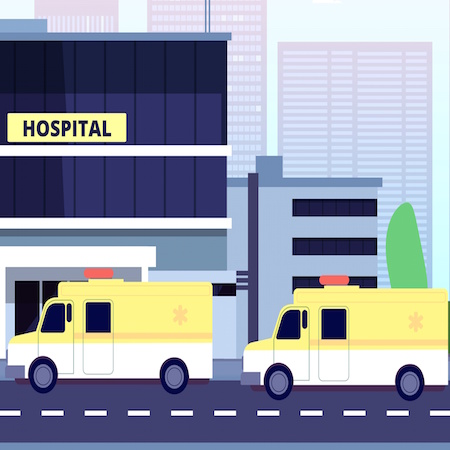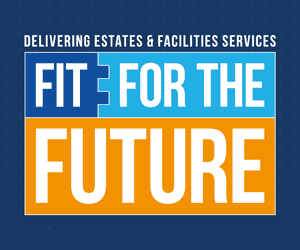A data analysis by the Health Foundation - comparing data from 2018/19 and 2021/22 - has looked in detail at the reasons behind the steadily worsening performance of ambulance services, which are under immense pressure even as the system moves into winter pressures.
• People are waiting longer than ever for ambulances to arrive - the average response time for the most critical patients has increased to an average of 8.39 minutes from 7.18 with a target of seven minutes; but for the least urgent problems, where the target response is that 90% of people should not wait for longer than three hours, the average response time is now three hours, seven minutes and 10 seconds, increased from one hour, 25 minutes and 42 seconds
• Demand for ambulances has increased - the proportion of ambulance calls classified as life threatening or an emergency has increased from 69% to 78%
• The number of paramedics has increased by 13% since March 2018, but this is mitigated by an increase in sickness absence from 5% in March 2019 to 9% in March 2022 mostly attributed to poor mental health; this is the highest rate of any organisation within the NHS
• Capacity in ambulance services has been reduced because ambulances are waiting longer with patients outside hospitals - more than one in 10 waited over one hour in July 2022 up from one in 50 in 2019 with waits exceeding the 15-minute standard reducing ambulance capacity by almost 20%.
Even small increases in handover times can lead to far greater increases in average response times, so the handover delays now being experienced are a major contributor to the decline in ambulance performance. Such delays also have a negative impact on patient welfare. The Association for Ambulance Chief Executives suggests that in July 2022 40,000 patients may have suffered potential harm as a result of waiting more than an hour to be handed over to the hospital.
The Health Foundation analysis makes three recommendations to improve ambulance service performance:
• Reduce handover delays by increasing hospital capacity and flow through hospital with more beds, more staff and investment in out-of-hospital care, including social care
• Increase ambulance service capacity by boosting staff numbers and reducing sickness absence by addressing the causes of poor mental health
• Reduce demand for ambulances through greater investment in community services, such as mental health services, which can prevent health conditions becoming crises.
The analysis acknowledges that tackling ambulance performance will require further investment in the NHS and social care. Social care in particular is suffering from chronic workforce shortages and a fragile provider market, compounded by “insufficient” government funding. Above all, a comprehensive, funded, workforce plan is needed. Steve Barclay, Secretary of State for Health and Social Care has previously named cutting ambulance waits as his top priority, however, steps taken to date to help address the underlying issues have not yet had an impact on the pressures facing ambulance services.
The Health Foundation analysis concludes: “Solutions to relieve pressure on the ambulance service and improve outcomes are being developed by local Trusts, national charities and by the government. However, underlying this complex problem are issues of funding, workforce and service models. Until there is acknowledgment of this much broader context of pressures, attempts at a solution will only address small elements of the problem.”










